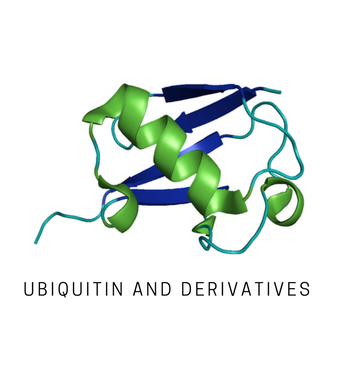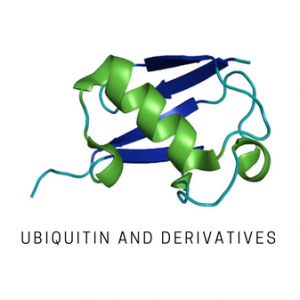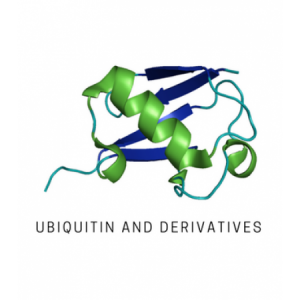Specifications
Biotinylated K33-linked ubiquitination is traditionally associated with regulation of the innate immune response. These chain types are also involved in protein stabilization and other non-degradative processes. K33 Tetra-Ubiquitin is a tetrameric chain of wild-type ubiquitin, wherein ubiquitin monomers are enzymatically linked together via an isopeptide bond between Lysine 33 and the C-terminal Glycine. These chain types are also involved in protein stabilization and other non-degradative processes. It is a useful substrate for identifying and characterizing deubiquitinating enzymes that cleave the K33-linkage and for structural and binding studies of ubiquitin chain recognition by ubiquitin-associated domains (UBA) or ubiquitin-interacting motifs (UIMs). Once the K33 Tetra Ubiquitin has been formed we then biotinylate it once on one available site on the ubiquitin chain. This biotin then acts as a means of detection via streptavidin or vidin. The applications are numerous from Western Blots to ELISAs. Testing can vary based off of intended application (EX: DUB activity/specificity).
Info
| Species | Human |
| Source | E. coli |
| Tag | Biotin |
| Molecular Weight | 35207 Da |
| Quantity | Variable |
| Concentration | Variable |
| Formulation | 20 mM Tris pH 7.5, 150 mM NaCl |
| Storage | -80°C, avoid freeze/thaw cycles |




Reviews
There are no reviews yet.